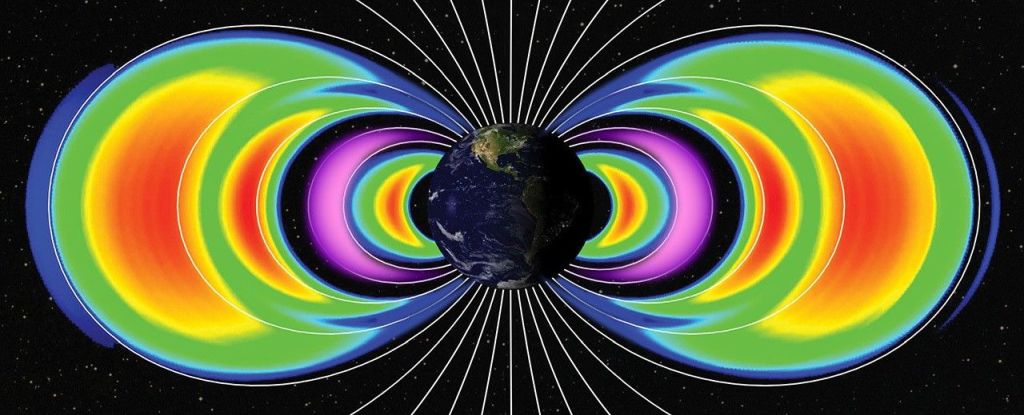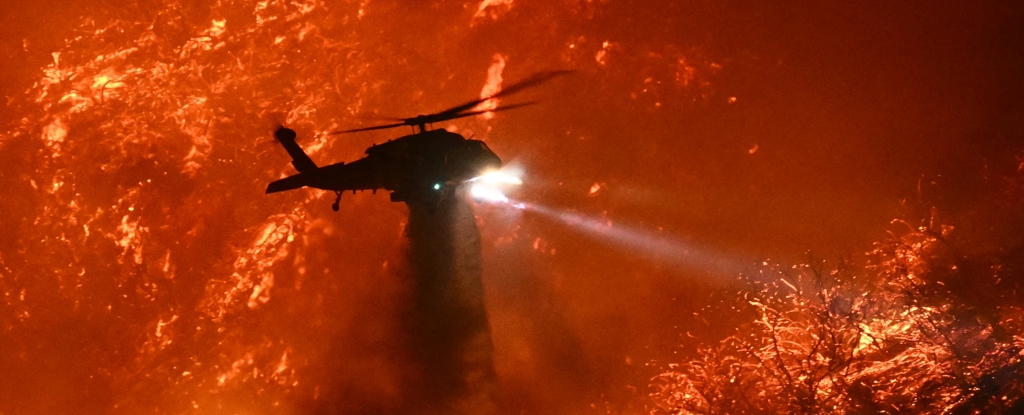A Recent Impact on Mars Shook the Planet to Its Mantle
New research suggests an impact recently rattled Mars deeper than thought. Something really rang the Red Planet’s bell. Research involving two NASA missions—the Mars Reconnaissance Orbiter, and the late InSight lander—has shed light on meteorite impacts and the seismic signals they produce. In a crucial finding, these signals may penetrate deeper inside Mars than previously … Continue reading "A Recent Impact on Mars Shook the Planet to Its Mantle" The post A Recent Impact on Mars Shook the Planet to Its Mantle appeared first on Universe Today.

New research suggests an impact recently rattled Mars deeper than thought.

Something really rang the Red Planet’s bell. Research involving two NASA missions—the Mars Reconnaissance Orbiter, and the late InSight lander—has shed light on meteorite impacts and the seismic signals they produce. In a crucial finding, these signals may penetrate deeper inside Mars than previously thought. This could change how we view the interior of Mars itself.

The study comes from two papers published this week in the journal of Geophysical Research Letters. The primary data comes from NASA’s InSight mission, the first dedicated geodesy mission to Mars. Insight landed in the Elysium Planitia region of Mars on November 26th, 2018, and carried the first ever dedicated seismometer to the Red Planet. During its four years of operation, Insight detected over 1,300 ‘marsquakes,’ until the mission’s end in 2022. Most were due to geologic activity, while a few were due to distant meteorite impacts. Occasionally, InSight would even see ‘land tides’ due to the passage of the moon Phobos overhead.

A Distant Mars Impact
As on Earth, the detection of seismic waves gives us the opportunity to probe the interior of Mars, providing clues as to the density, depth and thickness of the crust, mantle and core. To be sure, impacts have been correlated to seismic waves captured by InSight in the past. A fresh crater seen by NASA’s Mars Reconnaissance Orbiter (MRO) in 2022 was correlated to an impact in the Amazonis Planitia region. But this was the first time an impact in the quake-prone Cerberus Fossae area was linked to InSight detections. The find is especially intriguing, as the area is quarter of a world away from the InSight landing site, at 1,640 kilometers (1,019 miles) distant.

The discovery of the 21.5-meter (71 foot) crater about the length of a semi-truck immediately presented scientists with a mystery. The smoking gun impact crater was more distant than thought. Typically, the Martian crust was thought to have a dampening effect on distant impacts. This means that the impact-generated waves took a more direct route via a ‘seismic highway,’ through the deeper mantle of the planet itself.
This discovery has key implications for what we generally think about the interior of Mars. This may also imply that our understanding and model for the planet’s interior may be due for an overhaul.
“Composition of the crust and how seismic waves from impacts travel through them is one factor,” Andrew Good (NASA-JPL) told Universe Today. “No current plans for follow-on seismometers on Mars, but there is a seismometer planned for the Moon in the near future,” says Good, in reference to the Farside Seismic Suite planned for 2026.
A New View of the Interior of Mars?
InSight team member Costantinos Charalambous of Imperial College London explains the finding in more detail, in an email to Universe Today:
The detection of this impact changes our understanding of Mars’ interior, particularly its crust and upper mantle, both immediately and in the longer term. However, in the latter case, it will take further work to know quite how!
The immediate shift in our understanding is that many more of the seismic events we detected at InSight have penetrated much deeper into the planet than we thought. Previously, we had thought that the crust would trap most of the high-frequency seismic energy, guiding it around the planet from the point of impact to InSight’s seismometer. We thought any high-frequency energy that penetrated more deeply into the mantle was quickly lost. But it now appears the Martian mantle is much better at propagating this seismic energy than we thought, allowing it to travel more quickly and farther. This tells us that the mantle has a different elemental composition that previously assumed, likely with a lower iron oxide content than earlier models predicted.
Additionally, because this impact was detected in Cerberus Fossae – a region where many recorded marsquakes likely originate – it provides a unique opportunity to distinguish seismic signatures generated by seismic activity driven by deeper, internal (tectonic) forces versus shallower, external (impact) sources.
Therefore, in the longer term, we will be re-examining the data from seismic events that we had previously assumed didn’t penetrate deeper into Mars. This work is ongoing, but these findings suggest new features of Mars’ upper mantle that we are seeking to confirm. Watch this space!
MRO’s Hunt For Impacts
Just how researchers imaged the tiny crater is the amazing second part of the story. NASA’s venerable MRO generates tens of thousands of images of the surface of Mars. These come mainly via the spacecraft’s onboard Context Camera. For years, researchers have used a machine learning algorithm to sift through the images. This looks for fresh impact sites that do not appear in previous frames. These areas are in turn flagged for closer scrutiny with the mission’s 0.5-meter High-Resolution Imaging Science Experiment (HiRISE) camera. The AI program was developed by NASA’s Jet Propulsion Laboratory.

To date, the team has found 123 new craters within 3,000 kilometers (1,864 miles) of the InSight landing site. 49 of these (including the Cerberus Fossae impact) are potential matches with InSight seismology data.
“Done manually, this would be years of work,” says InSight team member Valentin Bickel (University of Bern, Switzerland) in a recent press release. “Using this tool, we went from tens of thousands of images to just a handful in a matter of days.”
InSight’s Legacy
InSight provided a wealth of seismology and geological information about Mars. The Seismic Experiment for Interior Structure (SEIS) instrument worked as planned. The Heat Flow and Physical Properties Package (HP^3) failed, however, to reach its target depth for returning useful science about the planet’s interior. Unfortunately, no dedicated follow on geology mission is set to head to Mars. This sort of exciting science will probably have to wait until the hoped for crewed missions of the 2030s.
InSight was a collaborative effort between NASA, the German Space Agency (DLR) and the French Space Agency (CNES). Other international partners also participated in the ground-breaking mission.
Still, it’s great to see missions like InSight still generating scientific results, long after they’ve fallen silent.
The post A Recent Impact on Mars Shook the Planet to Its Mantle appeared first on Universe Today.












































































